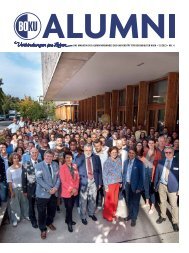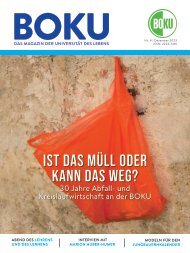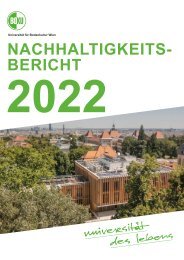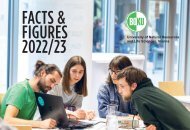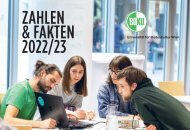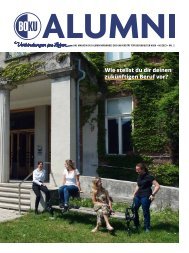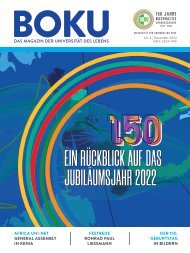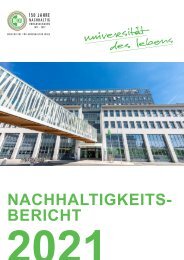EPICUR EDI Toolkit
Create successful ePaper yourself
Turn your PDF publications into a flip-book with our unique Google optimized e-Paper software.
<strong>EPICUR</strong> Definitions<br />
In the context of educational institutions, we talk of diversity on 3 key levels:<br />
• Personnel and students – for example (non-exhaustive list): how diverse the staff are: how the institution<br />
goes about hiring and including diverse staff in long term, well-paid, decision-making positions as well<br />
as with expertise on diverse parts of society; how accessible the workplace is to include diverse persons;<br />
how sensitive the institution to cultural diversity, how represented marginalised groups (i.e., hiring in ways<br />
which do not produce tokenism) are.<br />
• Programming – for example (non-exhaustive list): how the curriculum reflects different parts and peoples<br />
from all over the world and includes all kinds of people and their ways of life; how do the institutions address<br />
forms of knowledge which are non-Eurocentric and which are not only scientific/technical/formally academic,<br />
I.e how programming makes way for alternative forms of teaching, learning and ideas of knowledge.<br />
• Public – for example (non-exhaustive list): how the institution considers and includes its prospective public/<br />
audience, if there are ways for them to engage with the institution and how they can offer insight and feedback<br />
as well as thinking of ways the public (perhaps locally but also internationally) can benefit from the<br />
institution.<br />
Within those three areas we consider diversity to be a key foundation of our work and considerations as we<br />
strive towards a more diverse <strong>EPICUR</strong> via the diversity of its members.<br />
3.3. I IS FOR INCLUSION<br />
Inclusion is for <strong>EPICUR</strong> a process of increasing the participation of all people, students and<br />
staff, in education, work, and reducing their potential exclusion from higher education. The<br />
inclusive approach therefore goes beyond the question of access to education and working<br />
environment but (also) takes into account the differences of all people on a daily-basis during<br />
the educational process. Differences are based on ethnics, linguistics, cultural or religious background,<br />
gender, disability or particular abilities...<br />
These differences define diversity and should be taken into account to allow <strong>EPICUR</strong> to better meet<br />
the needs of everyone. Diversity is therefore a great asset, but also a great challenge: that of inclusion.<br />
Inclusive education is based on the principle of equity, which means giving everyone the resources they need<br />
to success.<br />
• Adopting an inclusive approach means guaranteeing an education and working environment free of discriminatory<br />
behaviors or practices, allowing the expression of diversity and taking advantage of its richness.<br />
• It means giving students and staff access to all the educational codes and expectations, adapting the studying<br />
and working environment for people with disability, removing barriers to learning (i.e. giving access<br />
to disciplinary English lexicon), favouring interactions between people of different educational and cultural<br />
backgrounds, questioning teaching and evaluation practices.<br />
• For staff, it also means to address unconscious bias, questioning managerial practices and supporting underrepresented<br />
groups.<br />
Taking inclusion into consideration benefits to everyone.<br />
Page 7



